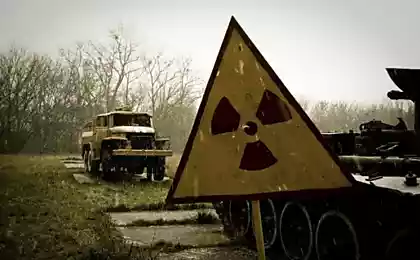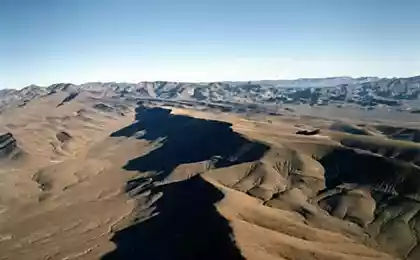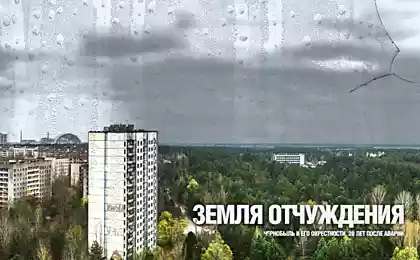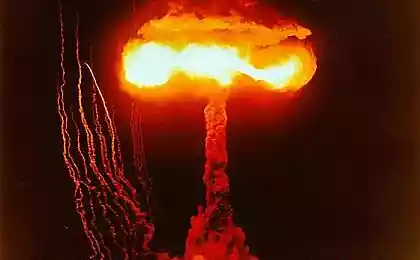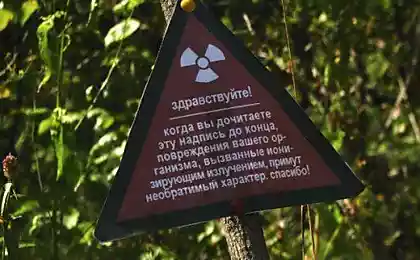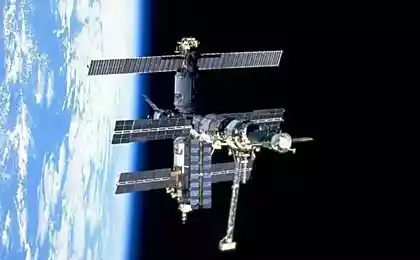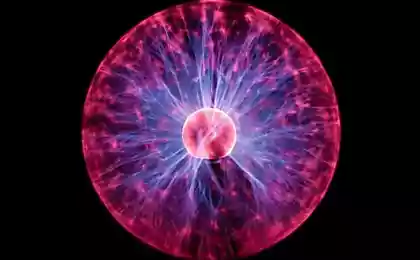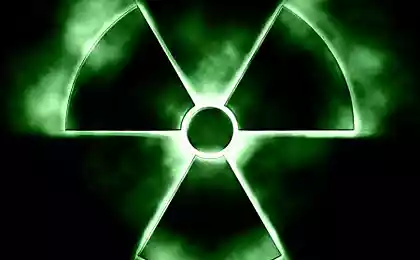1229
9 most radioactive places on Earth

Semipalatinsk Test Site, Kazakhstan
It was the site where the Soviet Union detonated its first atomic bomb. Polygon holds the record with the highest concentration of nuclear explosions in the world. So for 40 years, from 1949 to 1989, there were 465 nuclear tests conducted. These tests were conducted in the object itself, and the effects of radiation itself was kept secret until the object is closed in 1991. According to preliminary estimates, more than 200 thousand people affected by the "training" radiation attack.


Sellafield nuclear complex, Britain
Over the years, the complex produced weapons-grade plutonium, produces fuel for nuclear power plants, processing irradiated nuclear fuel. Station daily emits about 8 million liters of contaminated waste into the sea, making the Irish Sea the most radioactive sea in the world.

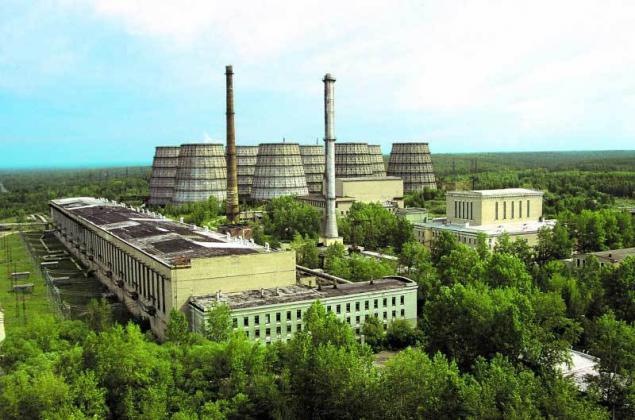
Mediterranean
Italian mafia 'Ndrangheta has long been accused of disposal of radioactive waste at sea. And since 1994 in the Mediterranean disappeared 40 ships with toxic and radioactive waste.


Indian Ocean coast of Somalia.
There is reason to believe that the aforementioned Italian mafia used soil and water of Somalia, which are not protected at the state level for flooding and disposal of radioactive waste and toxic metals


Chemical plant in Siberia, Russia
Expanses of Siberia have become one of the largest cemeteries of radioactive waste in Russia. For 40 years, liquid waste stored in pools and an open containers in poor condition, which contain about 125 thousand. Tons of solid waste, while waste in underground storage may leak into the groundwater. Wind and rain, with explosions in production, continuously contribute to the spread of radiation.
--img10--
--img11--
"Mayak", Russian
Production Association "Mayak" in Chelyabinsk region Russian nuclear station was for many decades, and in 1957 it became the site of one of the largest nuclear disasters. During the explosion was thrown up to 100 tons of radioactive waste, covering a vast territory. The explosion itself carefully concealed until the 1980s. Starting from the 1950s, waste from the station dropped from the surrounding area into the river Karachai. On the inhabitants of the surrounding towns and villages for decades influenced suicidal doses of radiation.
--img12--
--img13--
Hanford Site, US
Currently decommissioned complex for the production of radioactive materials, situated on the bank of the river. Columbia, Washington, used by the US federal government. During the Cold War, the complex was repeatedly expanded and eventually included nine nuclear reactors and five lines of chemical separation, which in 40 years of operation, produced about 57 tons of plutonium. Official documents published by the US government, confirmed the facts the dumping of radioactive materials into the atmosphere and the water of the river. Colombia, which resulted in negative consequences for the population and the state of local ecosystems.
--img14--
--img15--
Chernobyl, Ukraine
Place one of the largest nuclear disasters, accident exposed to radiation more than 6 million people, leading to death according to various estimates by 4 thousand. To 93 thousand. People. As a result of the disaster was allocated to 100 times more radiation than at the atomic bombing of Nagasaki and Hiroshima.
--img16--
--img17--
Fukushima, Japan
The accident at the Fukushima-1 occurred on March 11 2011 as a result of the strongest in the history of Japan's earthquake and ensuing tsunami. The most serious accident since the time of Chernobyl led to the destruction of three of the six reactors leaked radiation into the environment and into the water, so that radioactive materials were reported in more than 320 km from the station.
--img18--



